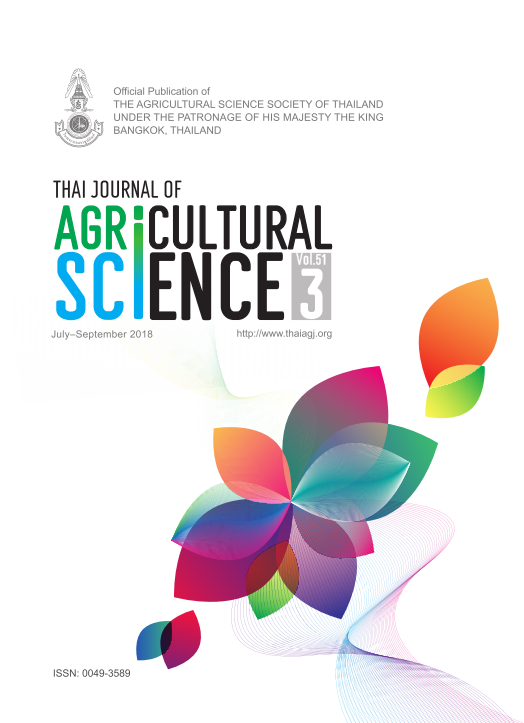Seedling Vigor: An Important Criterion for the Selection of Salt Tolerant Lines for Mungbean [Vigna radiata (L.) Wilczek]
Main Article Content
Abstract
Mungbean is an important food grain legume with high economic status and significant nutritive values. Productivity of this crop is rigorously limited due to prevailing environmental stress particularly, salinity stress. Climate changes raise the serious concern to develop improved mungbean cultivars with more adaptability and resistance towards salinity stress. Present study aimed to screen 15 mungbean accessions for salt tolerance under different salinity treatments i.e. EC4.0, EC7.0, EC10.0 and EC16.0 (dS/m) along with control (EC0) at early seedling growth stage. The seed germination % and early seedling growth characteristics i.e. radical, plumule and total seedling length, dry weight of the seedlings, seedling vigor and salt stress index on 4th day after germination (DAG) were investigated. The result showed that all traits decreased gradually with increasing level of salt stress in all the genotypes. The genotypes showed variations for all the measured features within themselves and at different salt stress levels. The radical length was found to be more adversely affected due to salinity stress as compared to the plumule length during the first developmental stage of crop plants. The optimization of salt stress level was done below EC10.0 dS/m for mungbean salt tolerance studies. The seedling vigor was found to be more desirable criterion on the basis of which available crop germplasm can be screened for salt tolerance. Highly divergent germplasm may provide promising salt resistance lines for breeding programs in near future.


